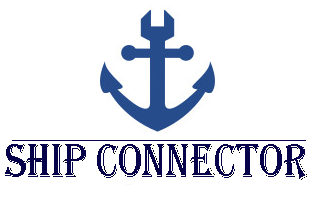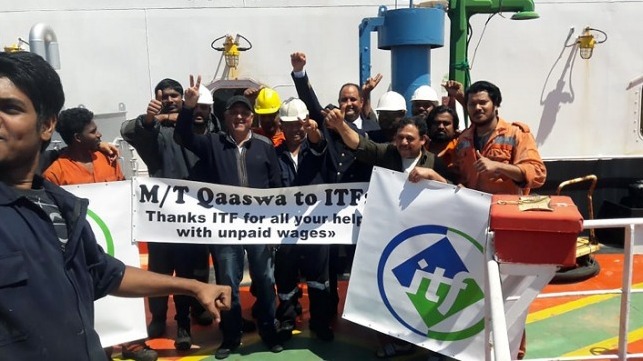Why are oil ships assaulted in the Gulf?
The attack on two petroleum tankers in the Oman Gulf, connecting the Arab Sea to the Hormuz Strait, a critical choke-point on one of the busiest transport paths in the world, has raised tensions between the U.S. and Iran. The crisis has also driven up worldwide oil prices and shipping insurance costs. Within hours of Thursday’s vessel attack, one is Japanese-owned and the other Norwegian, the U.S. blamed the incident on Iran. The Gulf-based U.S. Central Command also published a video footage claimed by the U.S. to show people on an Iranian ship removing a mine from one of the tankers.

This was the second time oil tankers have been attacked in the region in two months. On May 12, four vessels were targeted off the UAE coast, just outside the Strait of Hormuz, owned by Saudi Arabia and Norway. The U.S. had also blamed Iran for the assault. In the events, Tehran rejected any role. Whoever is accountable for these assaults, the Hormuz Strait and the Gulf of Oman, both essential places on the Gulf-Arab Sea trade route, are effectively being armed.
Importantance of Strait of Hormuz ?
TThe Gulf lies between Iran and the Arabian Peninsula (also known as the Persian Gulf or the Arabian Gulf). Oman, the UAE, Qatar, Bahrain, Kuwait and Iraq also share the Gulf shoreline in addition to Iran and Saudi Arabia. Since all these nations are rich in energy, the Gulf has naturally emerged as a significant trade route through which most of the oil exported from these nations flows. Hormuz Strait is a crossroads between the Gulf and the open ocean. With Iran on its southern shore and the UAE and a southern Omanian enclave, the Strait has a width of 34 km at its narrowest point. The Strait opens to the Arab Sea-connected Gulf of Oman. A third of the exports of crude oil
According to the United States Energy Information Administration, a record 18.5 million barrels of petroleum per day passed through the Strait in 2016, a 9% jump in prior year’s flows. In addition to oil, almost all of Qatar’s exported liquefied natural gas (LNG), the world’s second biggest exporter of LNG, passes through the Hormuz Strait. If the Strait is closed or the flow of oil and gas is interrupted, it would have a severe effect on the stability of worldwide energy and thus on the global economy. Last time, when a tanker war was going on in the Gulf, it lasted for years, causing a significant price increase and a fall in business shipping.
With vessels returning to the Gulf region under attack, memories of the Tanker War are reviving. If Iran is behind the recent attacks, it can play a risky game, showing what it can do in the Gulf in the event of a war. If Iran is not behind the attacks, some other powers are using the Gulf trade lanes to stoke further tensions. Either way, the weaponisation of the Strait of Hormuz is a dangerous game. In the 1980s, the tanker war was largely a war of economic attrition. Also, the conflict was between Iran and Iraq, two relatively similar powers. This time, there are other risks. Given the current tensions, in addition to the financial expenses of such assaults, more attacks on shipping ships could initiate an all-out conflict. Second, this moment, the U.S .- Iran conflict. A direct war’s scope will be far greater than it was in the 1980s.
Source : The Hindu



